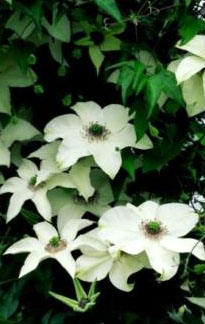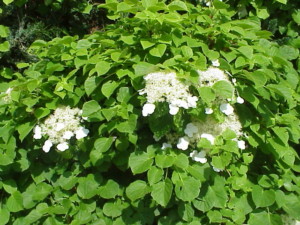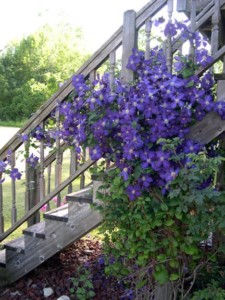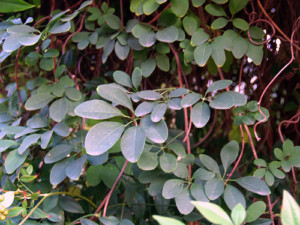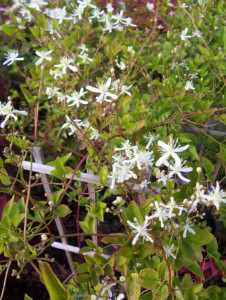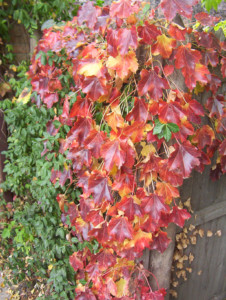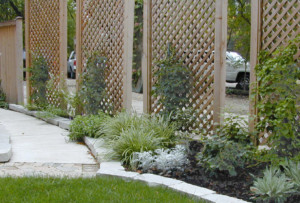
Freestanding lattice screens with newly planted vines. The combination takes up minimal space, while providing screening and visual interest.
Vines tend to be an overlooked and underused garden element or feature. They can be very useful in the landscape and have many great characteristics to warrant their use in any garden. Vines climb over pergolas to provide shade, spill over arbors to warmly welcome visitors, and display beautiful foliage and colorful blooms on walls and trellises to enjoy. With many of us having small yards and gardens, space can be limited. Installing a lattice panel with vines can screen neighbors and provide privacy in a small amount of space.
Provide Some Support:
Vines need support to grow vertically. Fences, walls, trellis, posts, arbors are the perfect way to both enhance the landscape and offer the needed support. If you have a raised bed or terrace, a vine can be allowed to cascade downward and provide interest along the ground and as it spills over the edge of the wall. Try incorporating different hardscape materials into your landscape with wooden or metal accents for your vines to climb.
Vines climb by different methods and knowing how they climb will help choose the best support system.
Twining plants will wrap their entire stem around the support. They need a trellis or wire or string to wrap themselves around. An interesting side note is that every twining vine “twines” in a definite direction. Wisteria will only twine clockwise whereas honeysuckle will wrap itself counterclockwise!
Other vines climb using tendrils. A tendril is a modified leaf structure. The tendril twists itself around the support. Tendrils can wrap themselves around a support sometimes in less than one hour!
Both of these types of vines need a support that is thin enough to wrap around. They cannot climb on solid structures such as walls or solid fences without the addition of a trellis or wire.
A third type of climbing vine uses adhesive tendril tips or holdfasts. These tiny “feet” have a sticky adhesive residue that makes a strong bond with the structures it contacts and allows the vine to climb. They quickly cover solid surfaces such as walls, and fences. We always remind people that a vine will never know the difference between a window and a wall so be prepared to remove them from windows once they are established. The common vine that grows this way is Boston Ivy (think Wrigley Field). Another climbing method is with the use of aerial roots. These are actual rootlets that emerge along the plant stem. English Ivy is the best example of this type of vine. We advise against the use of English Ivy on masonry walls because the rootlets will work themselves into the mortar and eventually cause structural damage to the wall.
Some plants that are considered vines have no way of climbing. They produce very long branches or canes. These plants need to be securely tied to the support or they will trail along the ground. Climbing Roses are an example of this type of vine.
New to the Neighborhood:
There is a new series of clematis that we find particularly appealing. It’s the Raymond Evison Clematis Series. Here is just a sampling of the many stunning selections they offer.

